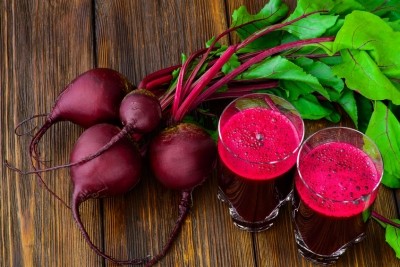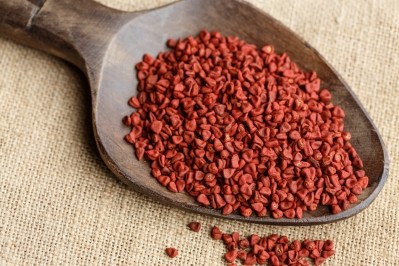Back to the future? Are root crops gaining ground as new source of natural colours
Natural colourings that were used more than 100 years ago are making a resurgance as the global food and drink industry looks for sustainable sources of natural food colours in response to consumer and manufacturer demands, said researchers speaking at the National Meeting & Exposition of the American Chemical Society (ACS) in the USA.
"The natural colours industry for foods and beverages is gaining in value as U.S. and international companies move towards sustainable and affordable crop alternatives to synthetic red colours and red colours derived from insects," explained Stephen Talcott, Ph.D., from Texas A&M University.
"In addition to adding eye appeal to foods and beverages, natural colourings add natural plant-based antioxidant compounds that may have a beneficial effect on health," he added.
One major change in recent years, he said, is the emergence of root crops, such as black carrots and purple sweet potatoes (PSPs), which are grown specifically for the natural colours industry.
Potato potential
The US-based researcher noted that PSP anthocyanins have proven to be among the best for food and beverage colouring - citing use in fruit drinks, vitamin waters, ice cream and yogurt.
Indeed, Talcott noted that the natural colours from PSP are very stable, and do not break down easily; have superior colouring properties; and have a relatively neutral taste - in contrast to the slightly earthy, bitter taste from grape-based colours.
Likewise, PSP anthocyanins have advantages over traditional synthetic red food colours and carmine reds extracted from cochineal insects, he said.
Such benefits increased sustainability and ease of production, he said, noting that cochineal insects feed on a certain type of cactus native to South America and Mexico and adding that it takes around 2,500 bugs to produce one ounce of cochineal extract.
Extraction issues
However, Talcott noted that the pigments found in the purple sweet potato can be very difficult to extract. The research team noted that the starch content of the PSP along with an exceptionally high polyphenol oxidase activity not typically found in orange varieties "create additional processing challenges."
"During pigment extraction, these native enzymes are activated and oxidize chlorogenic acids and result in co-oxidative reactions that destroy the targeted anthocyanins."
Talcott noted that there are new developments in processes that extracts larger amounts of pigment from PSPs.
He suggested that these new, more efficient, processes could encourage the development of domestic natural food colouring industries - with agriculture spreads devoted specifically to growing foods for use in making food and beverage colouring.
By-products of these process include starch and fibre - which could then be used as animal feed, as a raw material for biofuel production or in various food applications, he added.
Alternatively, such by-products could simply be composted and used as a soil conditioner for producing more PSPs or other crops, said Talcott.
















